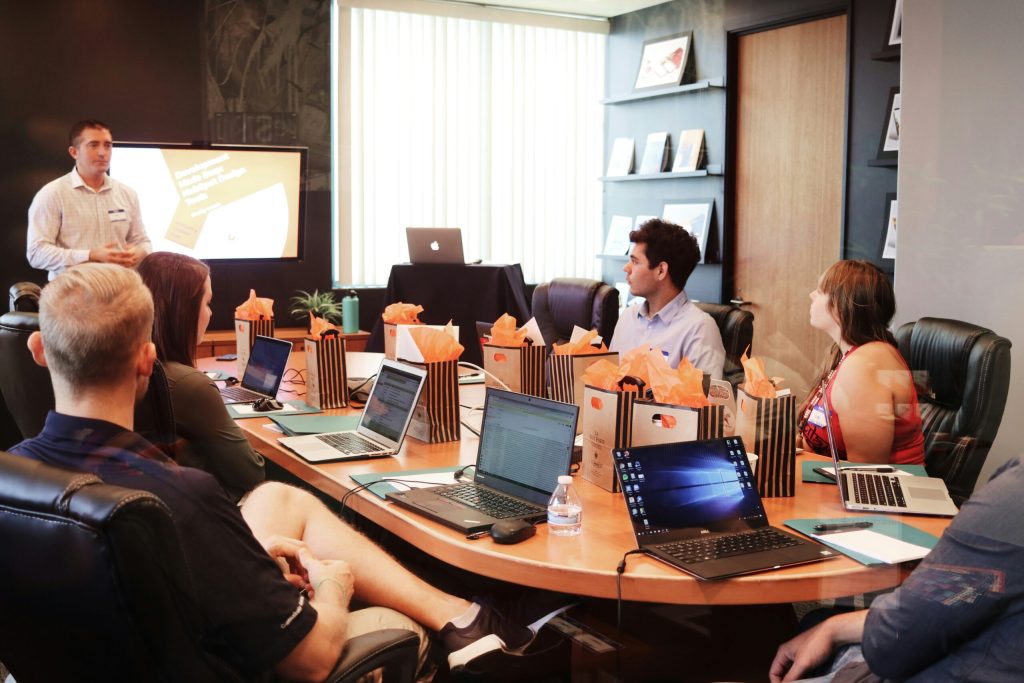Is Less More In Leadership Development?
‘Less is more’ – the saying attributed to architect Ludwig Mies van der Rohe, is usually taken to mean that simplicity, clarity and focus enable effective and productive design. He was talking about buildings, but increasingly we are seeing a similar approach to leadership development. Up until quite recently, clients were often focused on quantity and intensity when we were designing programmes – many wanted to keep participants hard at it from 8am until 6pm and then again into the evening if the session was to be residential. This was often backed up by extensive pre-course work and lots of follow on tasks.
In part this reflected the culture of their businesses. In tough times, no one wants to risk being seen as slackers, and understandably, L&D departments - who can be vulnerable anyway to charges of being ‘fluffy’ – wanted to show that they could be as hardcore as the rest. It was also a practical response – when things are leaner, it’s harder to get people to invest time in development. All attention is on business development and keeping things going and there are often fewer people so those who remain are busier than ever.
The result was a strong push on content – the desire was to ensure that leaders felt like they had got their money’s worth and this was manifested in lots of input, long sessions and something weighty to take away. There was also a practical side to this as L&D professionals realised that their opportunities for getting groups of leaders together were going to be few, therefore they were keen to wring the most from every one they got.
Things are definitely changing, though. We are involved in leadership development programmes for several clients who are leading organisations in key sectors and have noticed big differences in what leaders want and welcome and what L&D professionals value. The focus now is on providing the space and opportunity for leaders to reflect, develop their thoughts, and share approaches. There is of course still a real emphasis on outcomes and getting the most from any investment in development – we are not talking about unproductive or self-indulgent chat – but the ways of achieving this have changed.
Leaders really value time to take stock, perhaps because of the relentless pressure they face day to day. After one recent leadership event, we asked participants, using our online real time survey tool, Inpulse, to rank what they found most helpful about what they had done. Thoughtful, well presented content was still cited as important, but equally so were chances to share ideas and experiences and opportunities to work together with people from different parts of the business. Another client conducted a survey to identify the learning climate within the organisation. When asked how they learned best, 90% said by collaborating with team members and 85% cited conversations with others.
From the conversations we have had, part of this is due to the change in how we consume facts and instruction in all aspects of life. Many people are used to getting information from Google and You Tube. They like the ease of use and the ability to go back to check and for reference. They then often discuss what they find out with friends – what’s their experience? what’s worked and what’s not? what would they do differently? The conversations build on the information and help them apply it.
Naturally, people also want to do the same at work. This not only means that we need to use different ways of delivering information to people but they also have bigger expectations of face to face time with colleagues – far more than spending it getting content, they want to come away having processed information and been equipped to put it into action. It may also be another consequence of time being so scarce – when we do set aside the ‘day job’, we want to squeeze maximum value from the time we invest. This means getting clear ideas on what to do, and building relationships with people who can continue to provide support.
At first sight this may seem good news for those of us involved in designing and running leadership development programmes – surely less content means less work? In reality, it means greater challenges. It’s more important than ever that the input we give is finely honed and totally in tune with the issues faced by the organisation and its leaders. It also means a stronger emphasis on facilitation and being able to set the context and provide a framework. Leadership coaches will be tested on their ability to challenge, probe and ask the right questions to help leaders get where they need to be.



